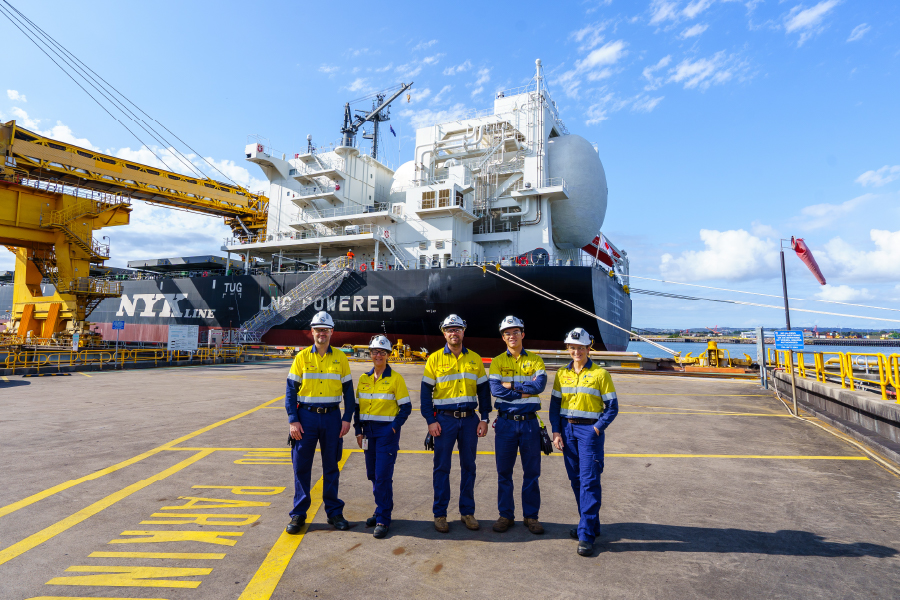Our services provide certainty and confidence to trade globally
Port Waratah’s Kooragang and Carrington Coal Terminals are an integral part of the Hunter Valley Coal Chain, connecting Hunter Valley coal with the world. Global coal markets continued to value the Hunter Valley’s higher-quality coal, which reconfirmed the ongoing customer value in Port Waratah’s coal blending processes, ensuring that the coal delivered at our terminals for export is blended into an homogonous product.
Vessel turnaround times reduced in 2023 to 2.8 days compared to 5.4 days the previous year. The reduction in weather impacts enabled better synchronisation between coal availability and the vessel arrival time, achieving greater loading efficiencies.
Key Achievements
- Achieved second-lowest annual vessel turnaround time of 2.8 days.
- Achieved lowest number train cancellation in the last five years, 12.5 trains (0.1%).
We are committed to delivering superior services to our customers and acting in their best interests with continuous improvement at the heart of our customer service processes. All planned 51 formal customer discussions were achieved in 2023, demonstrating our ongoing commitment to our customers.
Japan remained the largest export destination in 2023, with 50 per cent of terminal throughput. China reemerged as a coal export destination during the year, with a throughput of 23 per cent, while Columbia and Saudi Arabia were new coal export destinations.
Thermal coal used for energy production accounted for 92 per cent of the annual terminal throughput.
Case Study
Supporting shipping transportation advancements to reduce emissions
Port Waratah supports supply chain partners around the world to design vessels aimed at reducing greenhouse gas emissions. Our range of shiploading and wharf assets provides a benchmark for testing trial designs for use in a high-capacity terminal.
In July, the TR Lady bulk carrier was received at our Carrington Terminal wharf. The vessel has been fitted with three huge rotor sails that spin, capturing wind power to add thrust and propel the vessel forward reducing fuel consumption and emissions.
In November, NYK Line’s LNG-fuelled vessel, ‘Shoyo’, arrived at the Kooragang Terminal wharf on its maiden voyage. The use of LNG fuel significantly reduces sulphur oxide, nitrogen oxide and carbon dioxide emissions improving environmental performance.

